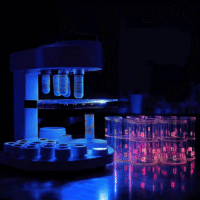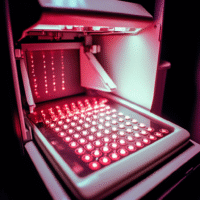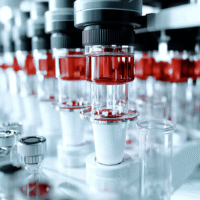Background
Women who have a family history of breast cancer and are diagnosed at a young age (50 years or younger) have a higher chance of developing breast cancer themselves.
Study Purpose
This study aimed to see if a special program called the Breast Cancer Risk Reduction Program (BrCaRRP) could help women at high risk of breast cancer. The program focused on encouraging them to take part in screenings, change their health beliefs, and improve their health behaviors.
Study Method
The study involved women who are first-degree relatives (like mothers, sisters, or daughters) of breast cancer patients. They were split into two groups:
- The BrCaRRP group (38 women) received education, counseling, and support through in-person meetings and phone calls over 12 weeks.
- The Control group (39 women) only received standard information and care from the clinic.
Results were checked at the start and after 12 weeks.
Key Findings
- Women in the BrCaRRP group were over 5 times more likely to participate in breast cancer screenings.
- Health motivation increased in the BrCaRRP group.
- There was no change in how they viewed their risk or their eating habits.
- Health responsibility and physical activity improved in the BrCaRRP group.
- More women in the BrCaRRP group sought genetic counseling.
Conclusions
The Breast Cancer Risk Reduction Program successfully increased screening participation and positively influenced health beliefs and behaviors among women at high risk for breast cancer.
Implications for Practice
This program can help change how women approach screening and health. However, more efforts are needed to address the fear many women feel about breast cancer.
Real-World Opportunities
- Hospitals and clinics can implement similar risk reduction programs to encourage more women to participate in screenings.
- Healthcare providers can offer more education and counseling about breast cancer.
Measurable Outcomes
- Track the number of women participating in screenings before and after implementing the program.
- Measure changes in health motivation and responsibility among participants.
- Monitor the frequency of genetic counseling consultations.
AI Tools
Clinics could use AI tools to analyze patient data and identify women at high risk for breast cancer. These tools can help tailor communication and education efforts effectively.
Step-by-Step Plan
- Start by educating staff about the program and its benefits.
- Identify a small group of high-risk women to participate in a pilot program.
- Provide education and counseling as outlined in the BrCaRRP.
- Track screening participation and health behavior changes during the pilot.
- Use pilot results to refine the program and expand it to more women.
For more detailed information about the study, you can read the full research article here.



























